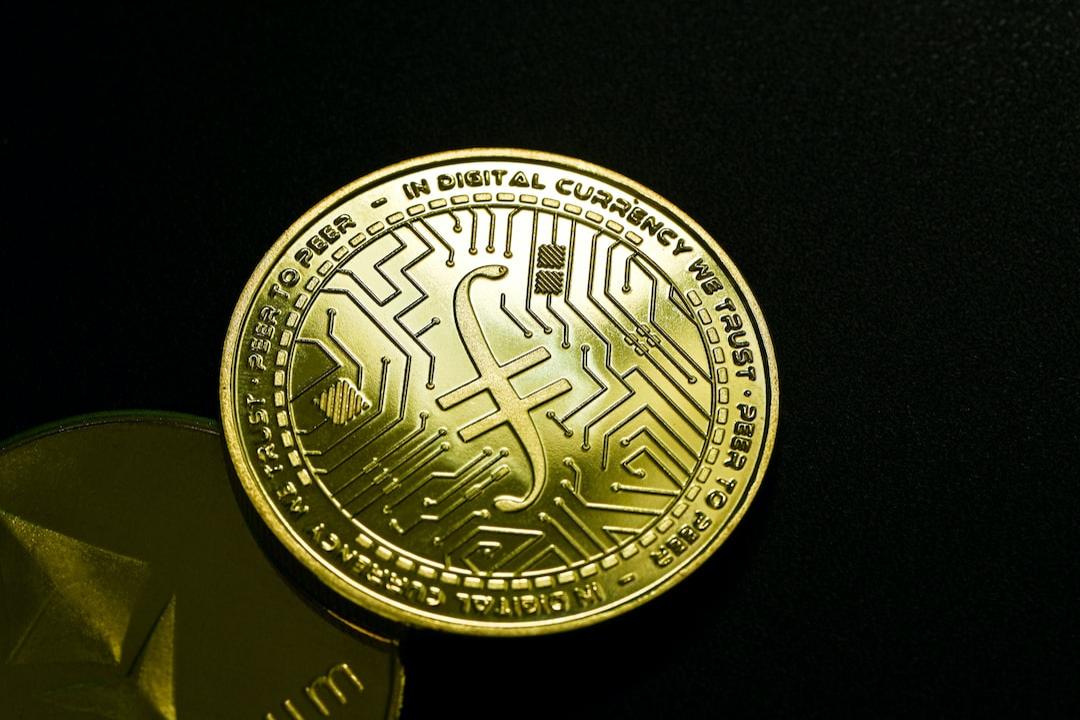Coin World Report:
Stablecoins are constantly developing in an environment with clear leaders and niche products. Recent summary research shows that stablecoins are making progress as payment tools, but also in imitating finance, forex trading, and other transaction use cases.
Stablecoins have made greater progress in the past few months, growing in several categories and gaining a place in traditional finance. The supply of stablecoins is $160.5 billion, distributed among leaders such as USDT and USDC, but there is also a wider niche asset ecosystem. So far this year, the supply of stablecoins has grown by 30% and entered new ecosystems, especially Toncoin and Base.
Last quarter, Tether (USDT) showed the most active development. The most widely used stablecoin also increased its supply to $120.2 billion, coinciding with BTC’s recent rise to $69,000. USDC, on the other hand, lags behind, with growth slowing to 34.6 billion tokens.
Most of the stablecoin liquidity is still locked on Ethereum and TRON. In the past three months, Solana’s share in stablecoin activity has slightly increased. Binance Smart Chain (BNB) has slowed down the use of stablecoins, while Binance focuses on its centralized trading pair FDUSD.
By 2024, there will be a total of 70 stablecoins attempting to coexist, although some of these markets are fragmented and have low liquidity. According to Artemis, only the daily trading volume of the top 10 stablecoins exceeds $10 million. The top liquidity and trading volume are concentrated in USDT and USDC, but also in FDUSD, which is one of the most concentrated stablecoins. FDUSD is mainly used for Binance and is minted under the participation of the exchange.
One of the trends in the past three months is the trading of EURC tokens based on the euro. The asset pegged to the euro launched by Circle has created a small market similar to forex swaps. Several use cases, such as remittances and DEX-based forex swaps, have reached historical highs in the past three months.
Stablecoins are making the cryptocurrency market more dollarized, replacing Bitcoin and Ethereum for value transfer and settlement.
The biggest role of stablecoins is to replace other coins and tokens as the main payment and settlement tools. Although Bitcoin (BTC) and Ethereum (ETH) were initially used for payments, their volatile prices did not make them suitable and intuitive tools. Due to the payment path, the number of addresses with over 10,000 stablecoins has expanded to nearly 500,000 wallets. In the past three months, all chains have supported over 22 million active addresses per month.
Stablecoins are making the cryptocurrency market more dollarized, replacing Bitcoin and Ethereum for value transfer and settlement. | Source: Artemis
Stablecoins are also driving the remittance market, especially between the United States and Mexico. Over time, the flow of US dollars to Canadian dollars between the United States and Mexico has increased to $100 million per month. Although the value of transfers continues to grow, stablecoins are usually used for small-scale transactions, especially those below $100. Artemis points out that transaction sizes also have a steadily growing trend, with increases ranging from $100 to $1,000.
Regional usage has also shown differentiation, with Asia experiencing the fastest payment growth. USDT payments conducted through the TRON network are the main driver of use cases in Asia. Remittances, e-commerce, and transfers to centralized exchanges are driving trends in Asia. Europe’s usage and trends follow the US market, mainly using dollar-denominated tokens.
Since 2020, stablecoins have rapidly expanded their trading volume on-chain, from accounting for 3.3% of all activity to around 60%. At its peak, stablecoin usage accounted for over 70% of on-chain trading volume. Stablecoins can be used through self-wallets or encrypted credit cards such as Gnosis Pay or Monerium. Revolut and Paxos are among the widely used stablecoin onboarding platforms in the past three months.
Stablecoins have also expanded the supply on top L2 chains. The total supply of the top five has reached a peak of over $10 billion but has fallen to 890 million tokens. L2 chains receive stablecoin inflows from Ethereum, and some assets flow back during slower periods. Base remains the fastest-growing venue for USDC, although growth has stalled in the past three months. Arbitrum still holds around $4.4 billion in stablecoins, while Base aims to catch up with $3.4 billion.
L2 chains attract stablecoins for DEX trading and other decentralized activities. However, centralized exchanges are still among the largest holders of stablecoins. Binance and OKX have absorbed the largest inflows of funds, providing various currency pairs for USDT and USDC.
Subscribe to Updates
Get the latest creative news from FooBar about art, design and business.
Stablecoins Weaken Traditional Finance through Payments and Forex Activities
Add A Comment

